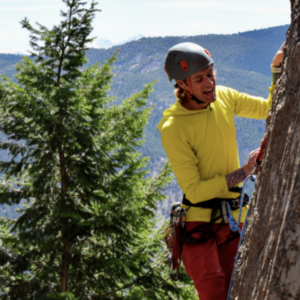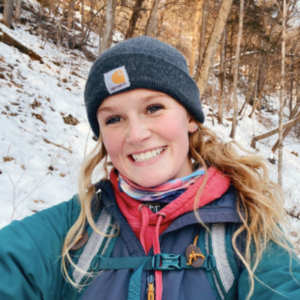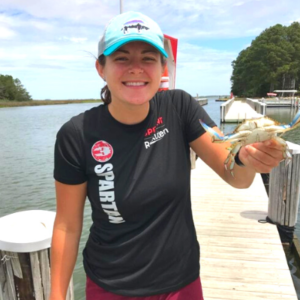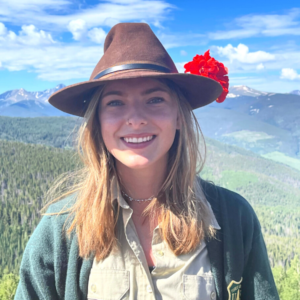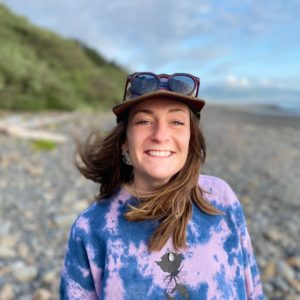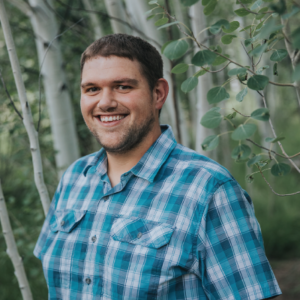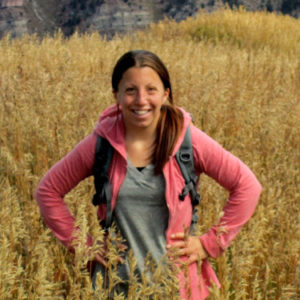Field Science Programs
Thank you for your interest in a Walking Mountains Field Science Program!
To Sign Up for a Walking Mountains Field Science Program:
- Select your grade level from the drop down menu below and read through the descriptions of available programs.
Ideal seasons for the programs are indicated by the icon next to the program name:
![]()
![]()
![]()
2. Click the Sign Up Here box. You will be directed to Sign Up Genius.
3. Select an open date that works for your grade. There are 2 slots available each day:
-
- If you have less than 50 students, select only one time slot for the day.
- If you have more than 50 students, select both time slots for that day.
![]()
 Nature’s Needs
Nature’s Needs
Students will have the opportunity to use their scientific skills to discover nature’s different needs! Students will investigate the needs of plants, animals, and humans and examine where they go if they cannot find what they need to survive.
Next Generation State Science Standards
![]()
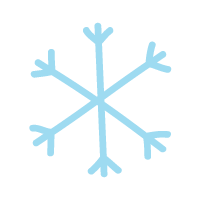
 Weather…You are Ready or Not!
Weather…You are Ready or Not!
Ready or not, weather is coming! Students will have an opportunity to learn about weather and how to be prepared for a day of outdoor learning! Throughout the program, students will investigate the sun’s role in our changing weather, connect weather with seasons, and explore ways that humans can prepare for the weather, even when it is severe.
Next Generation State Science Standards
K-PS3-1: Make observations to determine the effect of sunlight on Earth’s surface.
K-ESS2-1: Use and share observation of local weather conditions to describe patterns over time.
![]()

 Astonishing Adaptations
Astonishing Adaptations
Through hands-on exploration of animal skulls and fur, students will learn different adaptations that help animals survive and thrive in their environment. Students will identify how some of these adaptations even inspired the creation of tools that humans use today!
Next Generation State Science Standards
![]()

 Making Waves: Light and Sound
Making Waves: Light and Sound
Students will use their five senses to investigate light and sound waves. Through hands-on experiments and exploration, students will learn how living beings can use light and sound to thrive and survive. Students will be making waves as they use vibrations to play instruments and communicate!
Next Generation State Science Standards
![]()
 A Thistle & A Bee: The Story of Plant & Animal Interdependency
A Thistle & A Bee: The Story of Plant & Animal Interdependency
Students will explore the diversity of life throughout different habitats while making observations of the relationships between plants and animals required for growth and survival. While exploring three different habitats, students will identify plant and animal needs, understand their interdependence, and discuss how humans have an impact on living things and their habitat.
Next Generation State Science Standards
![]()

 The Power of Water
The Power of Water
Students will examine how the power of water is a driving force in changing the shape of the land. While exploring and experimenting, students will examine how water changes in the water cycle, discover where water is found on Earth, and learn how water impacts the land. Students will also construct models to investigate ways to prevent the impacts of water-related natural disasters and design models to mitigate the effects of these disasters.
Next Generation State Science Standards
2-ESS2-2: Develop a model to represent the shapes and kinds of land and bodies of water in an area.
 Climate Curiosities
Climate Curiosities
Curious about climate? In this program, students will engage in hands-on activities examining Colorado’s climate. Students will identify the differences between climate and weather, while exploring various natural hazards like avalanches and extreme cold.
Next Generation State Science Standards
3-ESS2-2: Obtain and combine information to describe climates in different regions of the world.
![]()

 Finding the Fittest Flyers
Finding the Fittest Flyers
Students will engage in hands-on activities that help them understand that animals have unique characteristics and life cycles. Students will learn that these unique abilities help them interact with and survive in their specific environment.
Next Generation State Science Standards
3-LS3-2. Use evidence to support the explanation that traits can be influenced by the environment.
3-LS2-1: Construct an argument that some animals form groups that help members survive.
![]()

 Fun with Fossils
Fun with Fossils
In this in-school program, students will examine fossils to discover what they can tell us about organisms that lived long ago. Students will transform into paleontologists and learn about how some of these organisms still look like organisms living today.
Next Generation State Science Standards
![]()
 Earth’s Changing Landscape
Earth’s Changing Landscape
Students will travel back in time to explore how Colorado’s landscape has changed over time, while uncovering the mystery of how Earth’s major systems can interact to influence the current shape of our landscape. In addition, students will use inquiry during a fossil exploration to investigate some of Colorado’s ancient organisms. From reading the rock layers to reading maps, students will learn the story of Colorado’s prehistoric environments and gain an understanding of how the landscape is continuing to change today.
Next Generation State Science Standards
4-ESS2-2: Analyze and interpret data from maps to describe patterns of Earth’s feature.
![]()

 Sustainable Energy
Sustainable Energy
Students will experiment with energy while engaging in hands-on engineering projects to learn about the advantages and disadvantages of wind, solar, and hydro energy. Students will identify types of energy, witness the Law of Conservation of Energy, and engage in critical thinking skills as they compare and contrast renewable and nonrenewable energy sources.
Next Generation State Science Standards
![]()

 Energy in the Ecosystem
Energy in the Ecosystem
Students will explore an ecosystem while observing energy cycling through different trophic levels. Students will learn how living and nonliving components interact and depend upon one another to maintain a healthy ecosystem. Students will further investigate ecological cycling by learning about the importance of the carbon and nitrogen cycles.
Next Generation State Science Standards
![]()

 At Home in the Hydrosphere
At Home in the Hydrosphere
Students will examine how climate change is impacting the hydrosphere and its cascading effects on earth’s major systems (biosphere, atmosphere, and geosphere). Students will investigate how our changing climate is affecting water availability in the mountains and tackle the current issue of how communities can protect this precious resource.
Next Generation State Science Standards
5-ESS3-1: Obtain and combine information about ways individual communities use science ideas to protect the Earth’s resources and environment.![]()
 Weather & Climate
Weather & Climate
Students will learn how weather systems interact to shape Colorado’s continental climate. Through hands-on investigation of snowpack, students will discover how our changing climate is affecting winter and natural hazards in Colorado. Students will explore how humans are impacting and being impacted by climate change.
Next Generation State Science Standards
![]()
 Ecology: Biodiversity Research
Ecology: Biodiversity Research
Students participate in hands-on field research protocols as they explore the interactions within an ecological community. By conducting a biophysical monitoring project, students will have the opportunity to investigate and compare the diversity between two unique ecosystems.
Next Generation State Science Standards
![]()
 Geology
Geology
Students will investigate the natural constructive and destructive processes that shape the Earth’s landscape. Students will explore content such as tectonic plate interactions, chemical and physical weathering, erosion, deposition, and stream dynamics.
Next Generation State Science Standards
![]()
 Ancient Geology: Written in Stone
Ancient Geology: Written in Stone
Students will learn to read rock layers while exploring the McCoy Fossil Beds unearthing evidence of the previous environments and the organisms found in Colorado thousands of years ago. Students will also have the opportunity to investigate the major geologic events that are responsible for the changing landscape.
Next Generation State Science Standards
